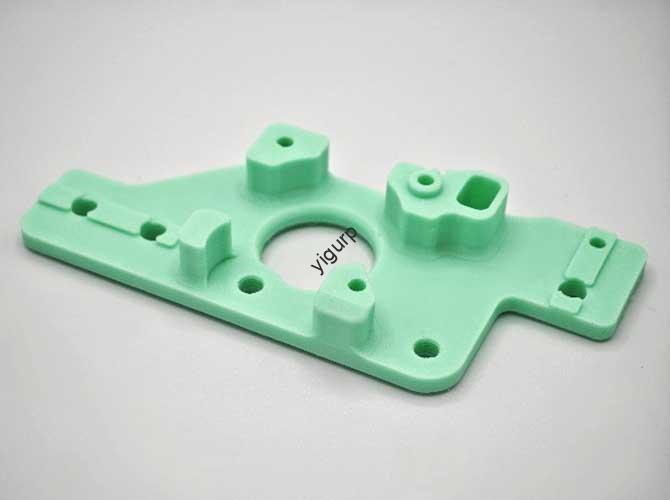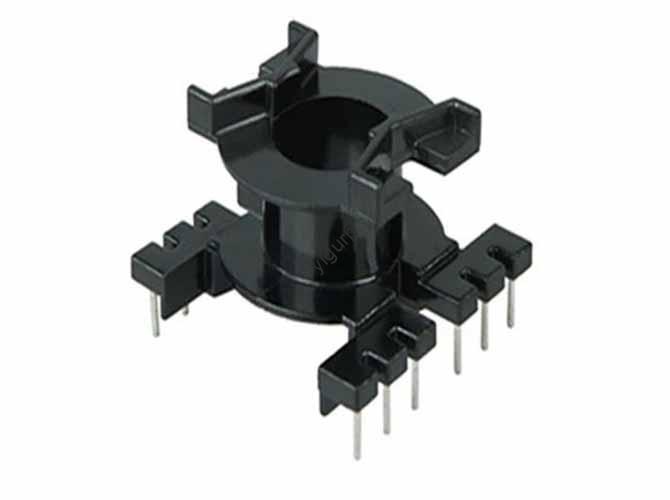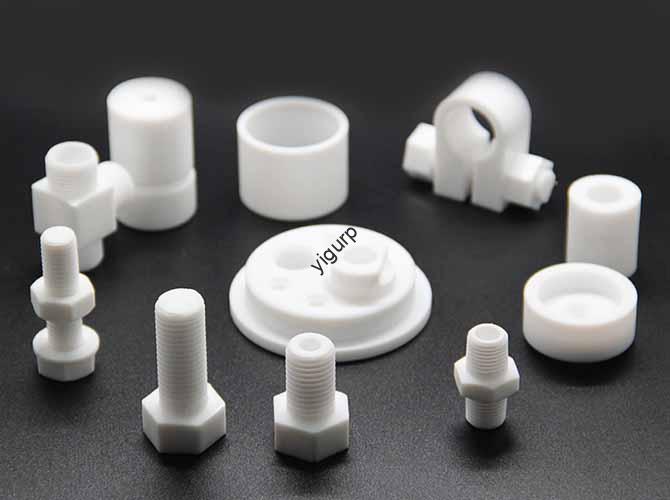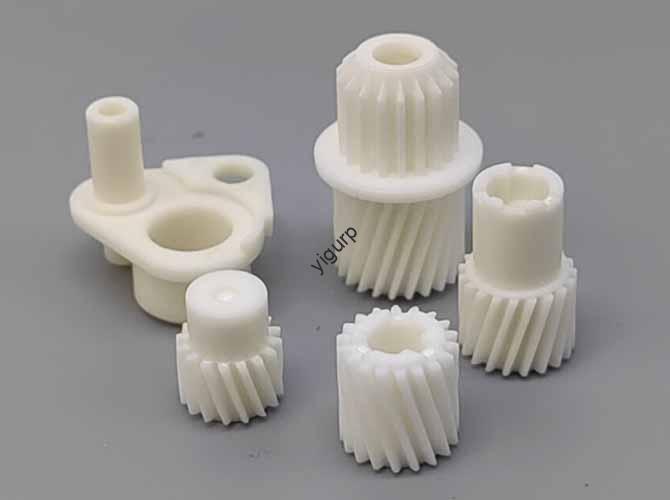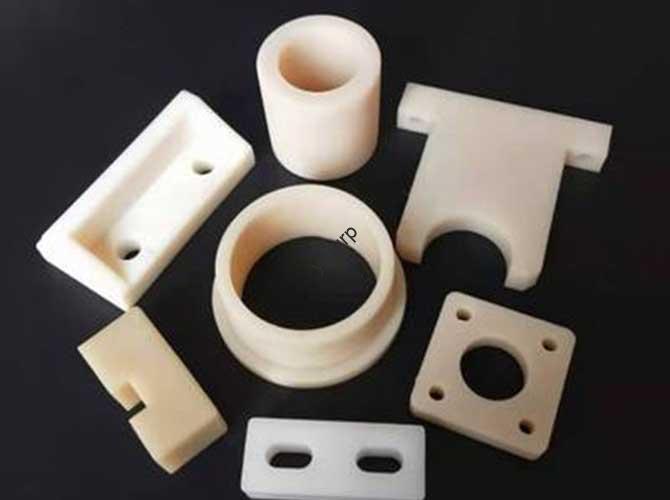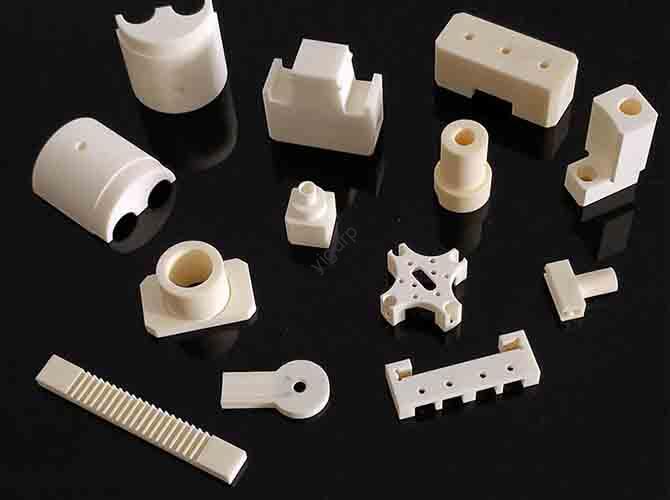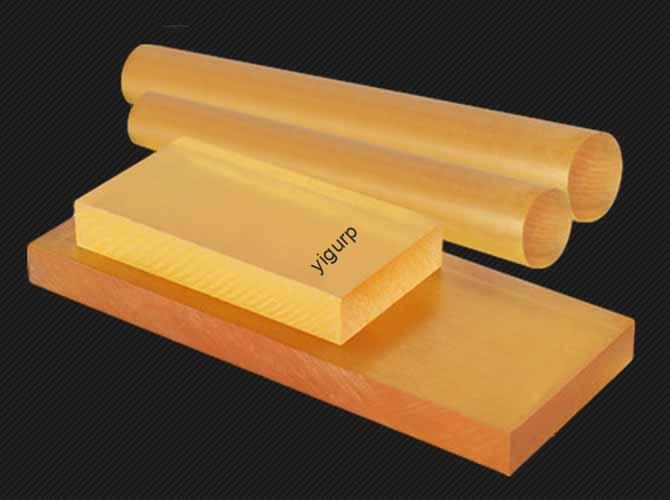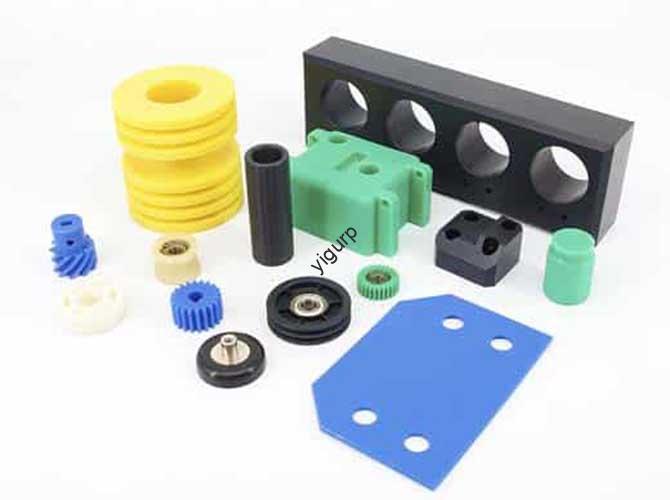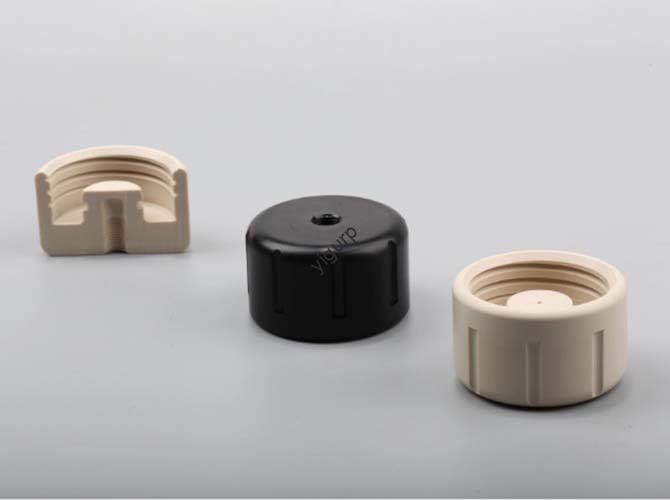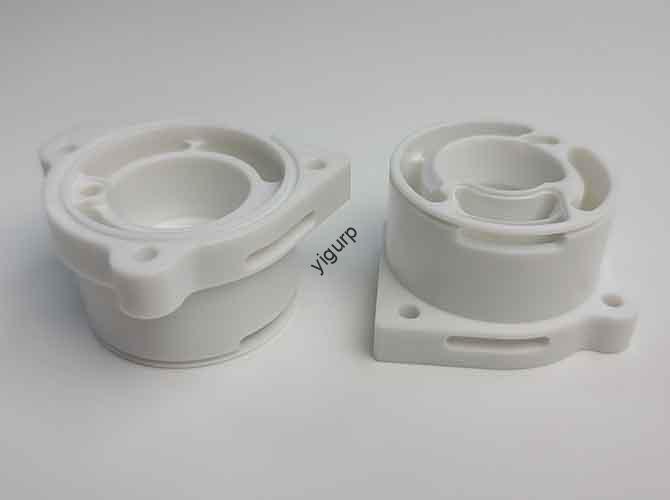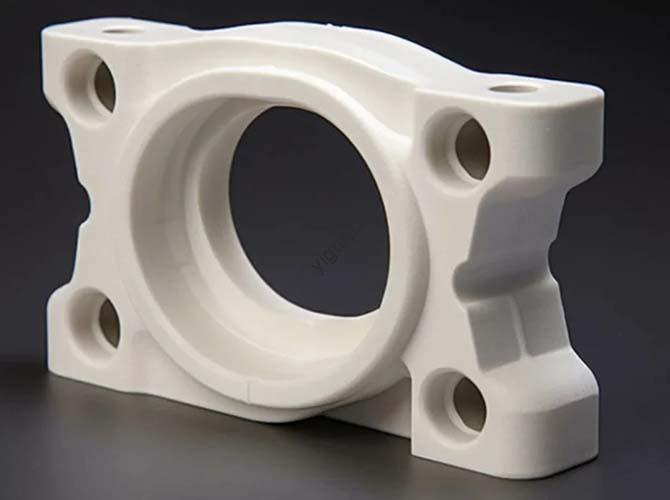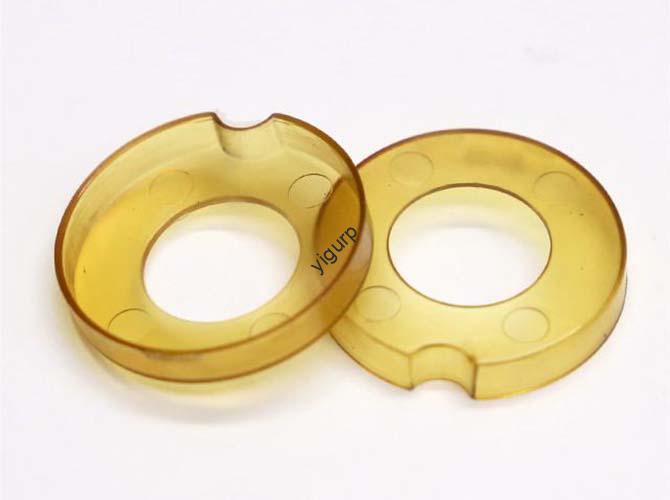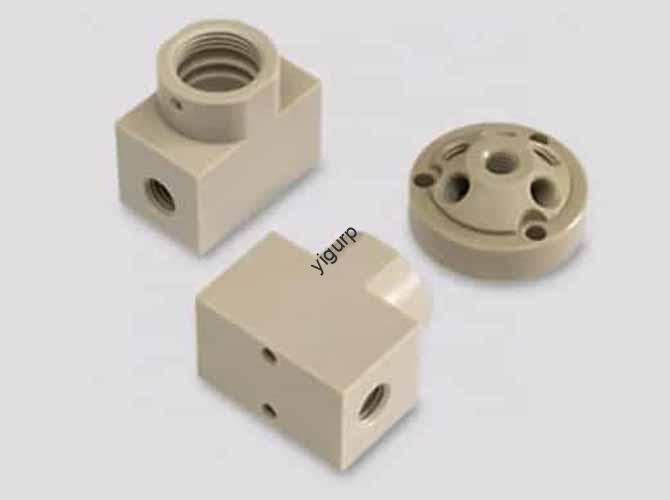How Do Low-Pressure Die Casting and Gravity Die Casting Differ?
Low-pressure die casting and gravity die casting are two foundational metal-forming processes, each built on distinct mechanical principles. While both shape molten metal into finished parts using molds, their approaches to filling cavities—one driven by controlled pressure, the other by natural gravity—create stark differences in quality, eficiencia, y costo. Para fabricantes, choosing between them means […]
